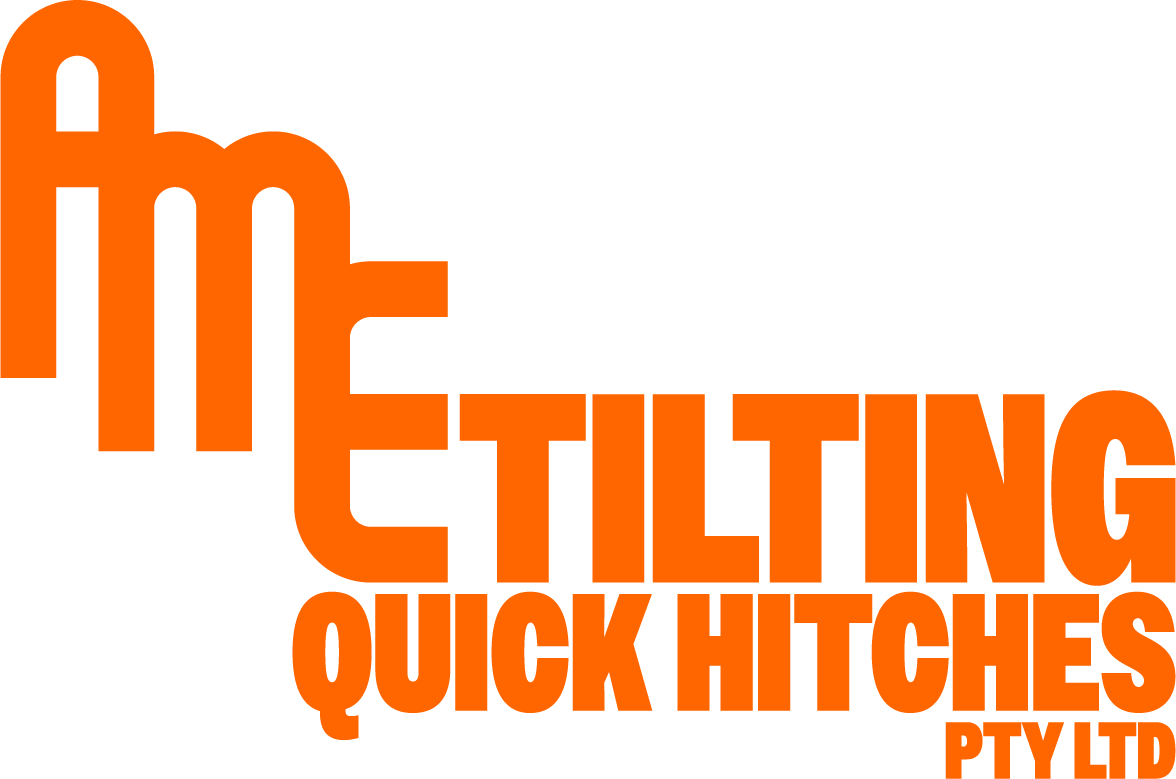Excavator Fails to Lift and Move with the Hitch Attached
Refer to this guide if you encounter problems with your excavator when hoisting or transporting loads using your hitch. Issues may include diminished lift speeds, incomplete extension reaches, hydraulic pressure instability, limited manoeuvrability, slow control reactions, erratic jerks, and unexpected operational behaviours.
Disclaimer:
Safety First!
Cease Operation Immediately: If your excavator experiences issues lifting or moving with the hitch attached, stop using the equipment immediately to avoid potential hazards.
Stay Clear of the Hitch: Never stand under or near the hitch or any load being lifted. Falling hitches or loads can cause severe injury or death.
Seek Professional Assistance: If you lack the necessary mechanical skills or qualifications, do not attempt to repair the excavator or hitch yourself. Contact your local excavator dealer or AME for professional help.
Parts and Repairs: Always use appropriate spare parts to repair your excavator or hitch. Follow your excavator’s operating manual or dealership advice when repairing or replacing excavator components. AME can provide spare parts and repair kits for your hitch. You also have the option to send the hitch or specific components to AME for expert repairs and maintenance. Contact us for more information.
Remember, safety is paramount. Follow Safe Work Australia guidelines and seek professional assistance to prevent accidents and ensure the longevity of your equipment.
-
Verify the weight of the load. Compare the load with the Safe Working Limit (SWL) for the hitch's lifting eye (check specifications page or the identification plate on your hitch).
Q. Does the load exceed the SWL?
Yes: Reduce the load weight.
No: Proceed to check the total load limits for your excavator.
-
Verify if the load, plus the hitch weight exceeds the load limit for your excavator.
Q. Does the combined load exceed the excavator’s load limit?
Yes: Reduce the load weight.
No: Proceed to inspect the hydraulic system.
-
Check hydraulic fluid levels, inspect for leaks, and assess the condition of hydraulic components (pumps, valves, hoses).
Q. Are there issues with the hydraulic system?
Yes: Repair or replace worn or damaged components and refill hydraulic fluid.
No: Proceed to evaluate engine and powertrain performance.
-
Check if the excavator’s engine is performing adequately. Low power output can affect hydraulic performance and overall machine capability. Look for signs like unusual engine noises, smoke, or a lack of engine power. Check the maintenance interval for your excavator to see if regular servicing is due.
Q. Are there engine or powertrain issues?
Yes: Perform a thorough service of the engine and powertrain. This might include changing the engine oil, replacing filters, and repairing any mechanical issues that could be impeding performance.
No: Proceed to assess structural integrity.
-
Inspect structural components of both the excavator and the hitch for damage or excessive wear, such as bent arms, damaged pins, or worn-out bushings.
Q. Are there structural issues?
Yes: Repair or replace damaged structural components.
No: Contact your local dealer or AME for further assistance.
-
If issue is related to hitch tilting functionality, then check if there is a pressure limiter in the excavator’s hydraulic system. If not, then the tilt cylinder piston seal could be at fault. Contact us for spare parts, or to arrange a repair.
-
Ensure regular maintenance and monitoring of the excavator and hitch to prevent future issues. Follow the excavator manufacturer’s maintenance schedule and keep a detailed log of performed tasks and upcoming services.
Follow our maintenance checklist to maintain your hitch. You can also contact us to arrange maintenance or rebuilds.
